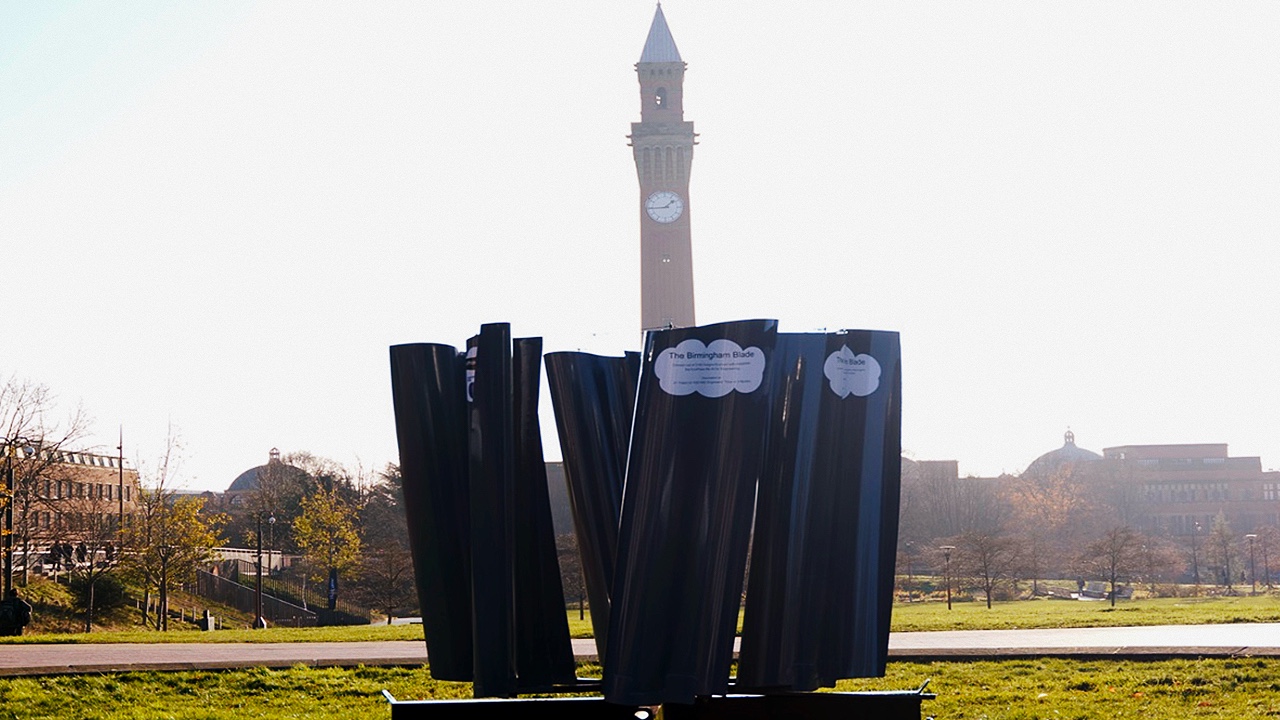
AI’s Role in Shaping the Future of Urban Wind Energy
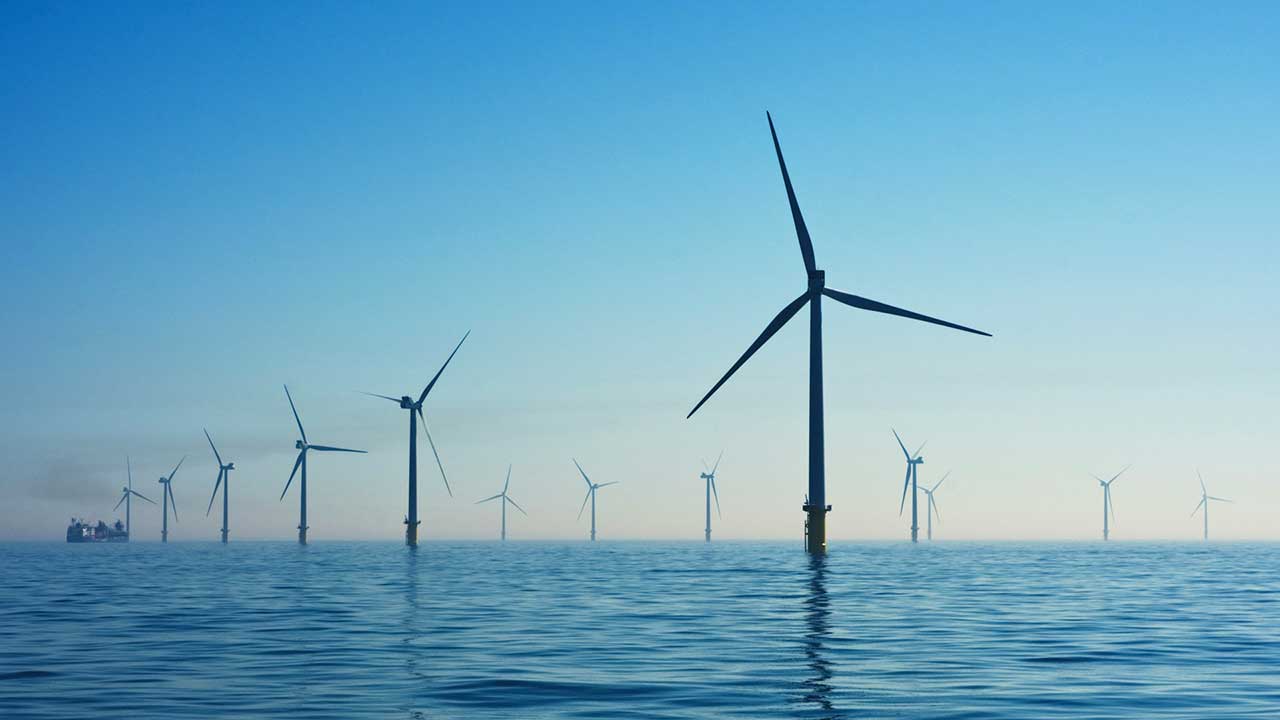
A new milestone in renewable energy has just landed in the UK, and it’s changing how we think about wind power in cities. Meet the Birmingham Blade—the world’s first urban wind turbine designed entirely with the help of artificial intelligence. It’s the brainchild of a collaboration between AI design firm EvoPhase and metal fabrication experts KwikFab. Here’s what makes it special and how it’s set to revolutionize sustainable energy. (Source: University of Birmingham)
Built for Birmingham’s Breezes
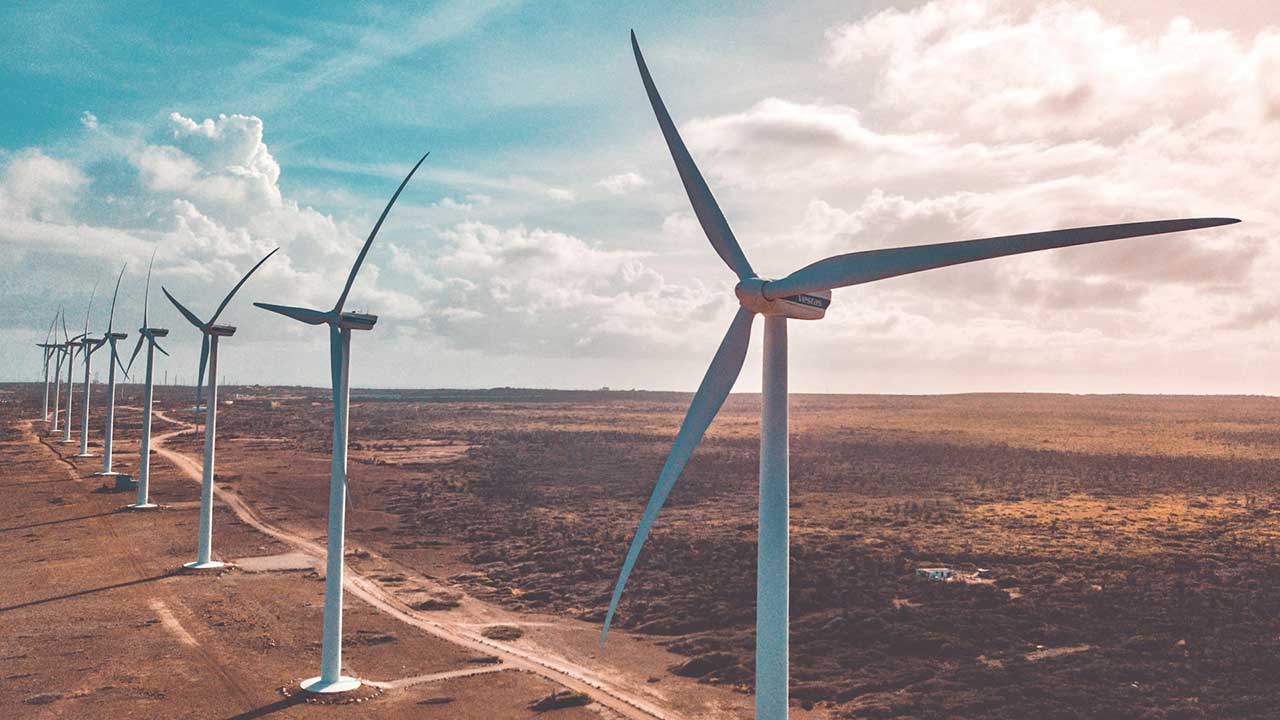
The Birmingham Blade wasn’t made to handle high-speed winds like conventional turbines. Instead, it’s tailored for the lower wind speeds found in urban areas. Birmingham’s average wind speed is about 3.6 meters per second, far below the 10 meters per second most turbines are built for. That’s where AI stepped in. (Source: University of Birmingham)
Using advanced simulations, EvoPhase created and tested over 2,000 different designs. The goal? To find a turbine that could capture the gentler breezes common in cities while navigating the unpredictable turbulence caused by nearby buildings. The result is a compact, lightweight design with curved blades that spin around a central axis. Early tests suggest it’s up to seven times more efficient than anything else currently used in the area. (Source: Interesting Engineering)
Why AI Made All the Difference
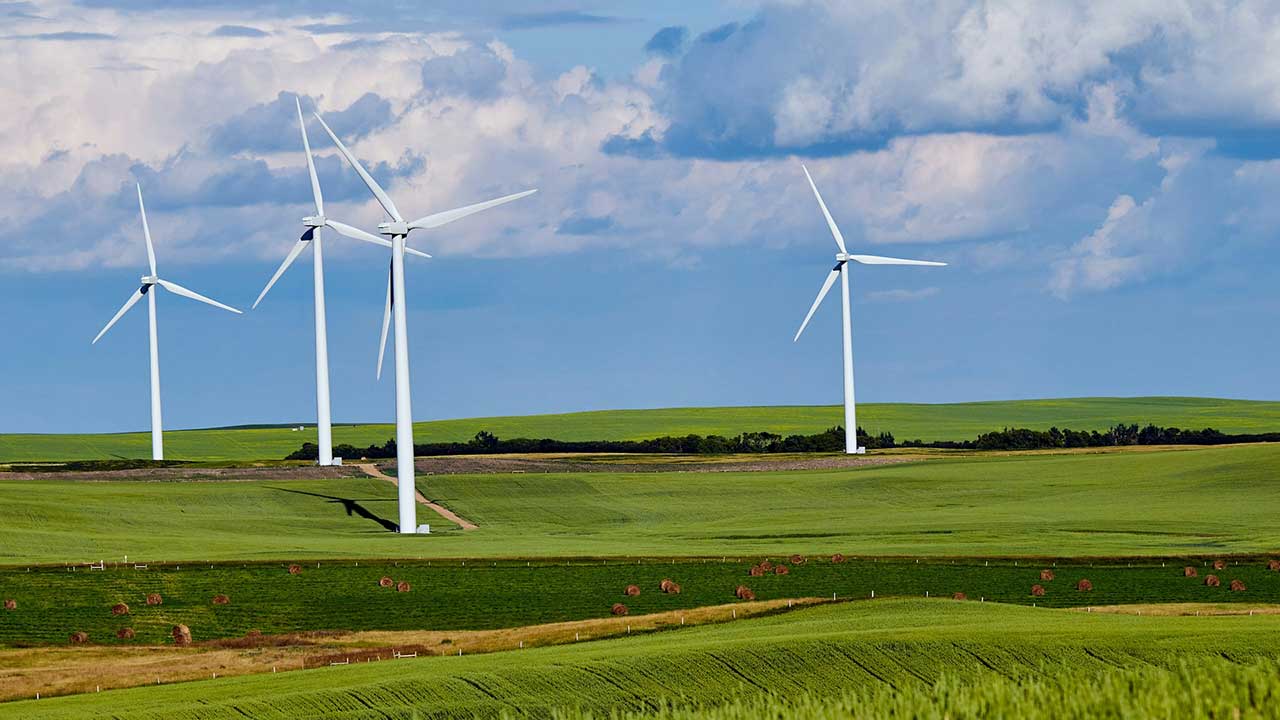
Leonard Nicusan, the CTO of EvoPhase, explained why AI was critical for this breakthrough. According to him, traditional turbine designs are often limited by longstanding assumptions and biases. By using AI, the team could explore countless possibilities in a fraction of the time it would have taken with conventional methods. (Source: University of Birmingham)
In just a few weeks, the AI-driven process simulated and refined thousands of potential designs. What might have taken years and a massive budget to achieve was condensed into a matter of weeks. Nicusan described this as not just a new way to design turbines but as a way to completely rethink how we approach urban wind energy.
Moving from Concept to Reality
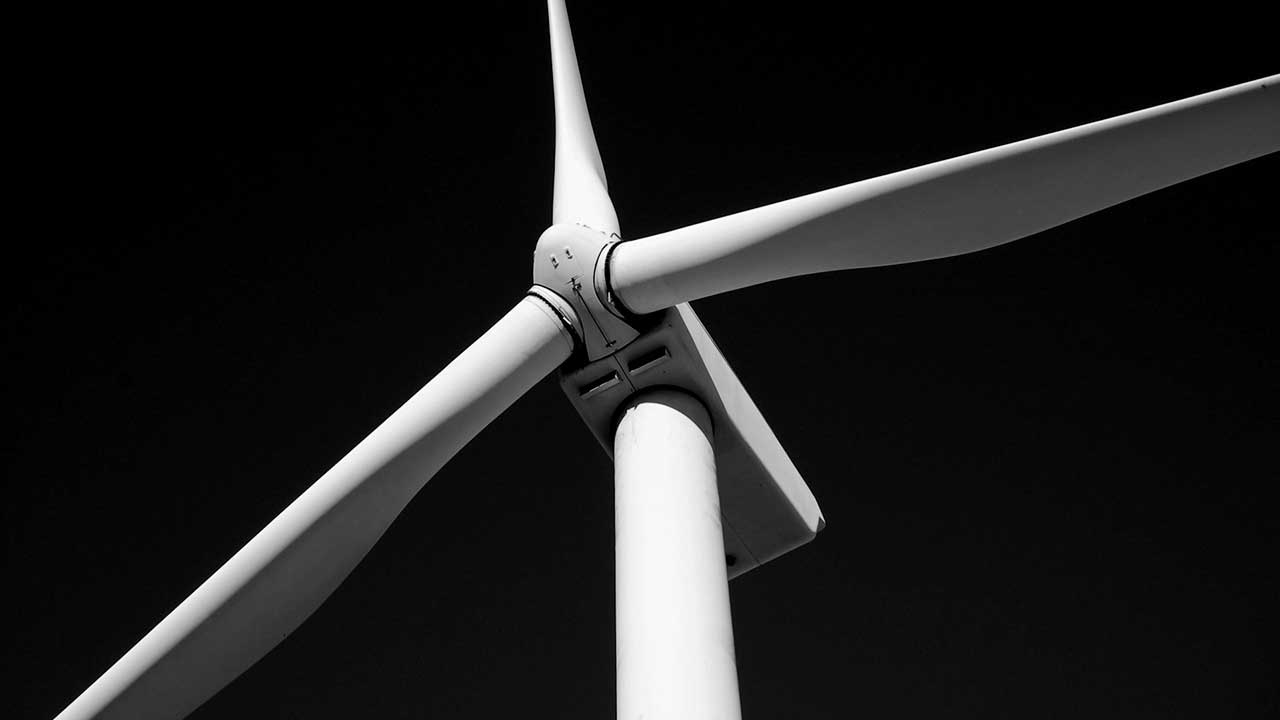
The first version of the Birmingham Blade is already in production, with KwikFab taking charge of the manufacturing process. Made from aluminum, this initial prototype is designed to test how the concept works in the real world. It’s being installed on a rooftop in Birmingham, where it will go through extensive evaluation. (Source: Interesting Engineering)
If all goes as planned, a commercial version of the turbine could hit the market by late 2025. The design process, which draws inspiration from natural selection, ensures that every aspect of the turbine is optimized without sacrificing performance in one area to improve another. According to EvoPhase, this AI-led method is a game changer for urban wind power.
What’s Next for Urban Wind Turbines?
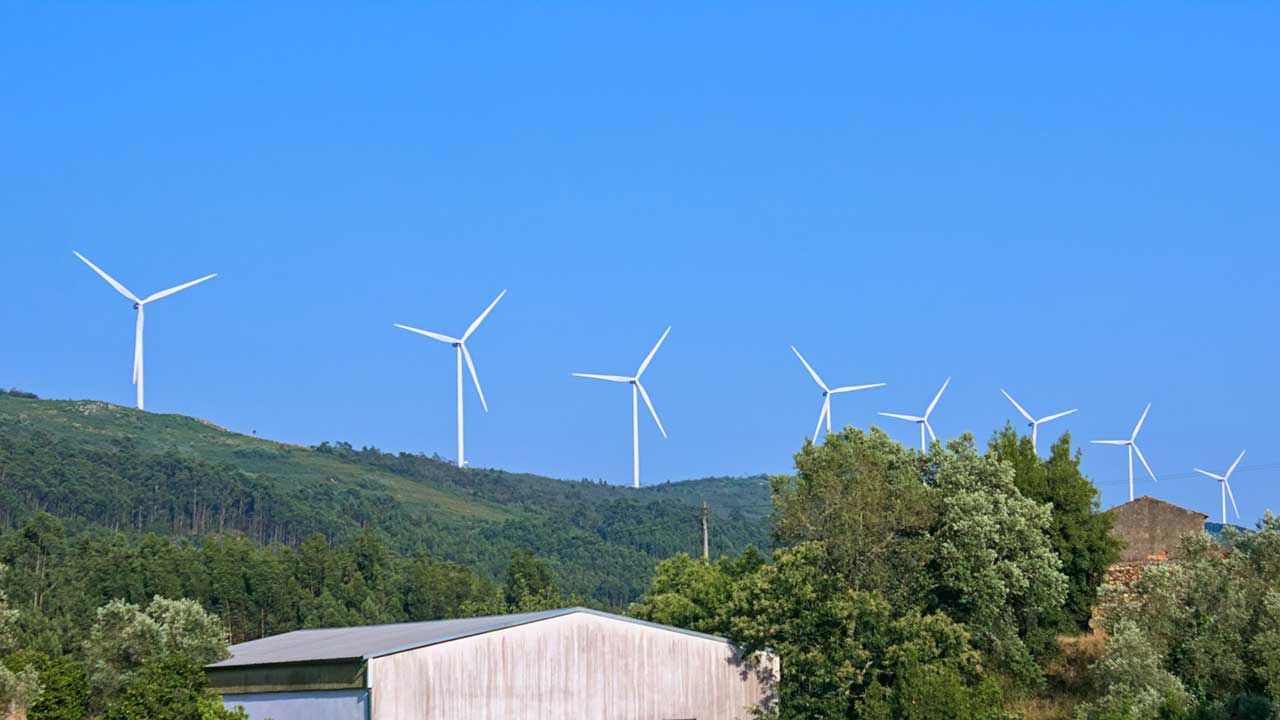
The Birmingham Blade is just the beginning. KwikFab’s Paul Jarvis believes that this approach could be replicated in cities around the world. By tailoring turbines to specific local wind conditions, it’s possible to make wind energy more accessible and efficient for urban areas everywhere. With AI at the helm, the time it takes to design, prototype, and test turbines can be dramatically reduced. (Source: University of Birmingham)
For now, all eyes are on Birmingham’s rooftops to see how the Blade performs. If it lives up to its promise, this could mark a major step forward in how cities harness sustainable energy—and AI might just be the secret ingredient that makes it all possible.